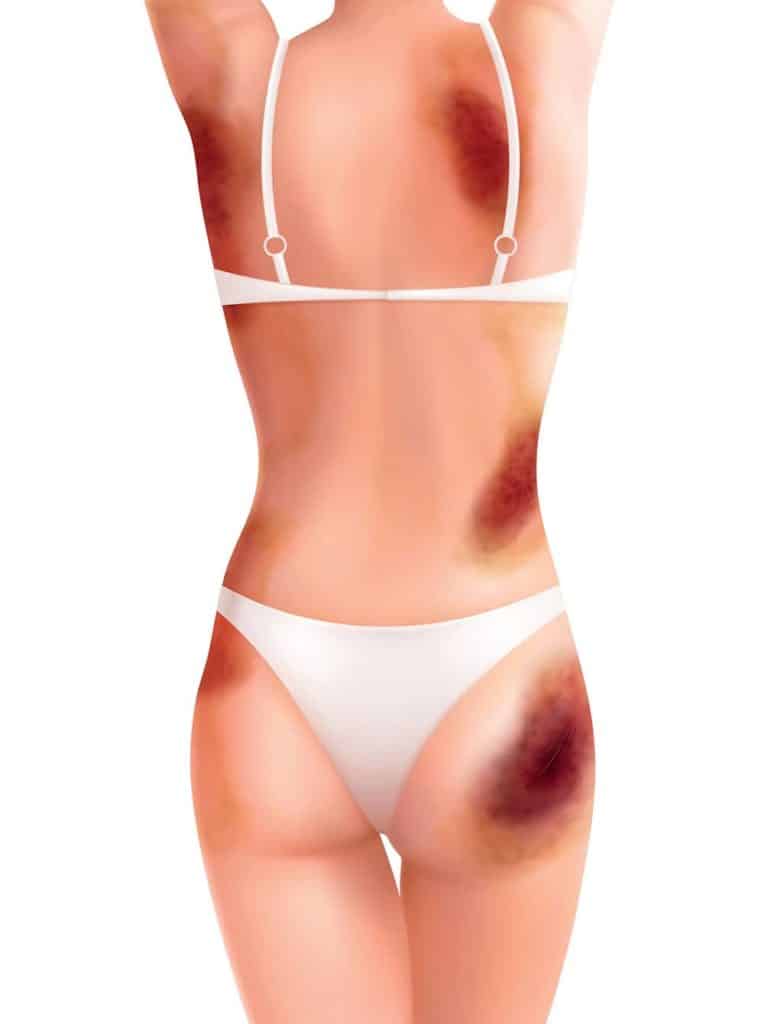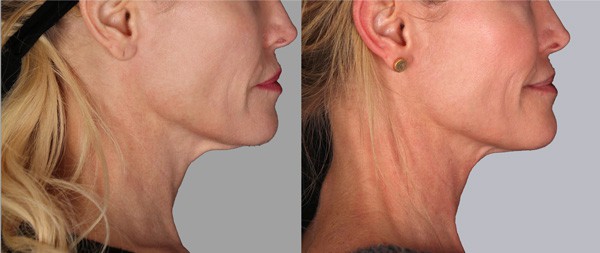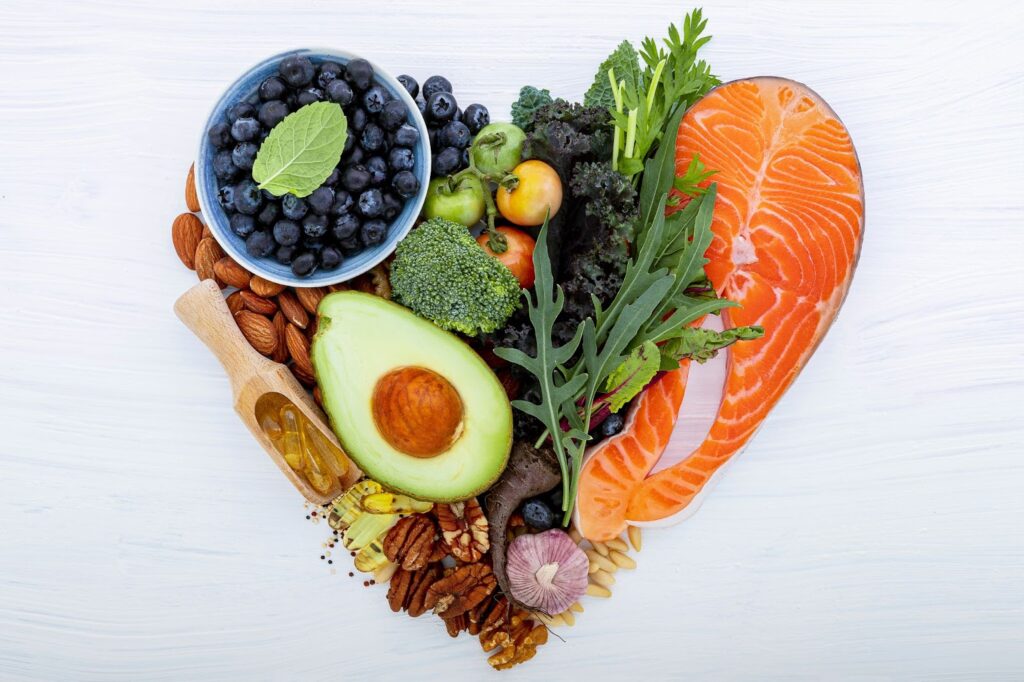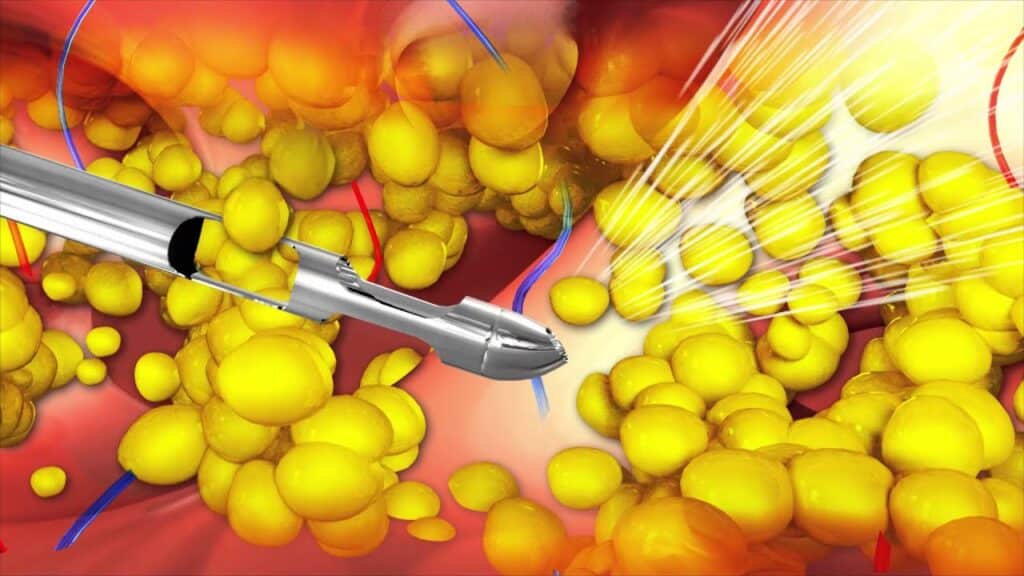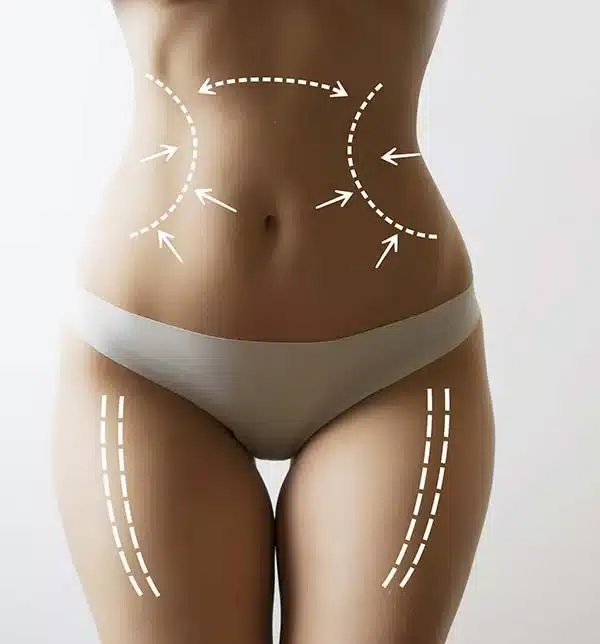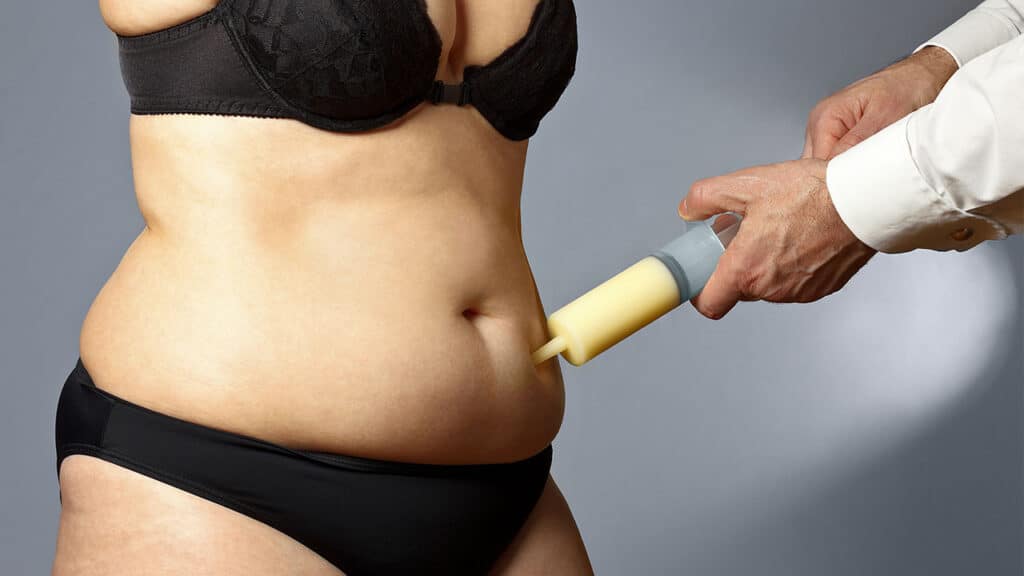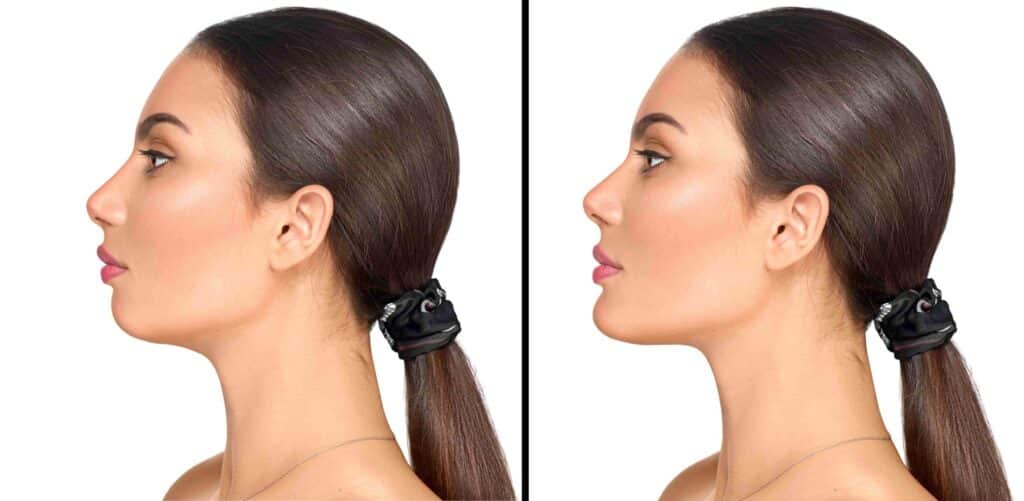Cellulite treatment can feel overwhelming. Many products promise smooth skin but deliver little. It’s frustrating when you want results fast. The good news? Effective options are out there. From lotions and creams to professional treatments like laser cellulite reduction, you can tackle those stubborn lumps with the help of skincare physicians.
Understanding what works is key. Not all treatments, including topical cellulite creams, are created equal, and knowing the differences can save you time and money; the bottom line is that skincare physicians understand their effect. This post will break down the best cellulite treatments available today, et al, with the bottom line. You’ll discover many treatments and practical solutions that fit your lifestyle and budget, with the bottom line being the best treatment option among several treatments. Say goodbye to confusion et al and hello to confidence in your skin.
Key Takeaways
- Understanding cellulite is crucial; it affects many people regardless of weight, so don’t feel alone in your concerns.
- Explore effective treatments like topical creams and laser therapy, as these can significantly improve the appearance of cellulite.
- Look for research-backed results when considering treatments to ensure you choose options that have been proven to work.
- Non-surgical methods, such as massage and radiofrequency treatments, can provide noticeable results without the need for recovery time.
- Consult with a dermatologist to discuss personalized treatment plans that suit your specific condition and skin type.
- Incorporate lifestyle changes like regular exercise and a balanced diet, as these can enhance your results and contribute to overall skin health.
Understanding Cellulite
Definition
Cellulite refers to the dimpled appearance of skin. This condition occurs when subcutaneous fat pushes through connective tissue. The result is a lumpy texture that can appear on various parts of the body. Common areas include the thighs, buttocks, and abdomen.
Gender Differences
Women experience cellulite more than men. This difference stems from how fat is distributed in the body. Women tend to have more subcutaneous fat than men. Women’s connective tissue is structured differently. These factors contribute to the higher prevalence of cellulite among women.
Cosmetic Concern
Cellulite is not classified as a medical condition. It does not pose any health risks. Instead, it is viewed as a cosmetic issue. Many people seek treatment to improve its appearance. Treatments may include creams, massages, or laser therapy.
Causes
Several factors contribute to the development of cellulite. Genetics plays a significant role in whether someone will have cellulite. Hormones can also influence its formation. For example, estrogen affects how fat is stored in the body. Lifestyle choices such as diet and exercise can impact its visibility too.
Appearance
The lumpy skin associated with cellulite can resemble bruising in some cases. It may also look like the surface of an orange peel. The severity varies from person to person. Some individuals may have mild dimpling, while others may experience more pronounced lumps.
Treatment Options
Various treatments exist for those looking to reduce the appearance of cellulite. These options range from topical creams to more invasive procedures like liposuction. Non-invasive methods include radiofrequency and ultrasound therapies.
- Topical treatments: Creams containing caffeine or retinol.
- Massage techniques: Manual lymphatic drainage or mechanical devices.
- Laser therapy: Devices that target fat cells under the skin.
Each treatment has different levels of effectiveness and may work better for some than others.
Emotional Impact
The presence of cellulite can affect self-esteem for many individuals. People often feel self-conscious about their bodies due to societal standards of beauty. This emotional aspect drives many to seek solutions, even if cellulite poses no health risk.
Effective Cellulite Treatments
Acoustic Wave Therapy
Acoustic wave therapy is a non-invasive treatment for cellulite. This method uses sound waves to break down fat deposits beneath the skin. Studies show that it can improve skin texture and elasticity. Patients often notice smoother skin after several sessions. The treatment usually lasts about 30 minutes and requires no downtime.
This technique focuses on enhancing blood circulation in the treated area. Improved circulation helps reduce the appearance of cellulite. Many clinics offer this therapy as part of their cellulite treatment options.
Laser Treatments
Laser treatments are another effective option for reducing cellulite. These procedures use focused light energy to target fat cells under the skin. One popular laser treatment is Cellulaze™. It not only reduces fat but also tightens the skin. Results from Cellulaze™ can last for over a year.
Another option is Cellfina™. This minimally invasive procedure cuts the fibrous bands that cause dimpling in the skin. Patients typically see improvements within days, with results lasting up to three years. Both treatments have gained popularity among cellulite experts for their effectiveness.
Topical Creams
Topical creams are widely used for treating cellulite. Products containing retinol are particularly popular. Retinol helps improve skin texture and thickness, making cellulite less noticeable. Many people apply these creams daily for best results.
While they may not eliminate cellulite completely, they can enhance overall skin appearance. Some lotions also contain caffeine, which may temporarily tighten skin and reduce swelling. Users should apply these creams consistently for several weeks to see noticeable changes.
Massage Techniques
Massage techniques can aid in reducing the appearance of cellulite too. Regular massage improves circulation and lymphatic drainage in affected areas. Some clinics offer specialized massages designed specifically for cellulite reduction.
These techniques help break down fat deposits and smooth out uneven skin surfaces. Individuals can also try self-massage at home using tools like foam rollers or massage balls.
Innovative Treatments
Innovative treatments like vacuum-assisted precise tissue release are emerging as effective options. This method uses suction to lift and stretch the skin, targeting underlying fat layers. Carboxytherapy is another innovative approach, involving injecting carbon dioxide gas into the tissue to stimulate blood flow and collagen production.
Both methods show promise in reducing cellulite appearance over time. They are gaining traction among those seeking less invasive alternatives.
Research-Backed Results
Treatment Studies
Researchers conducted numerous studies to evaluate cellulite treatments. A significant study published in the Journal of Cosmetic Dermatology reviewed various procedures. It found that laser therapy showed promising results in reducing the appearance of cellulite. Patients reported smoother skin after several sessions.
Another study focused on radiofrequency treatments. This research indicated that patients experienced noticeable improvements after multiple sessions. The study emphasized the need for ongoing treatments for optimal results.
FDA Approvals
The FDA has approved several cellulite treatments as safe. These include options like lipomassage and subcision. However, the effectiveness of these treatments can vary among individuals. A review highlighted that while some patients saw improvement, others did not experience significant changes.
Evidence-Based Effects
Research provides evidence supporting certain products for cellulite reduction. A study involving topical creams revealed mixed results. Some patients noticed a slight decrease in dimpling after consistent use. Others found no visible change, suggesting that individual responses may differ.
Patient Experiences
Patient testimonials often reflect the mixed results of cellulite treatments. Many share positive experiences with laser therapies and injections. They note improvements in skin texture and firmness. However, others express disappointment with minimal changes after treatment.
Risk Factors
Certain risks accompany cellulite treatments. Side effects can include bruising, swelling, and discomfort. A thorough consultation with a dermatologist is essential before starting any procedure. This helps patients understand potential risks and benefits.
Bottom Line
The bottom line is that effective cellulite treatment exists but varies by individual. Some methods require multiple sessions for noticeable results. Research shows that while many patients see improvement, not everyone achieves their desired outcome.
Dermatologists emphasize the importance of setting realistic expectations. Patients should inquire about all available options and consider their personal goals.
Non-Surgical Treatment Options
Creams and Lotions
Various creams and lotions can help reduce the appearance of dimpling. Products containing caffeine are popular choices. Caffeine helps to tighten the skin temporarily. Retinol is another effective ingredient. A concentration of 0.3% retinol can improve skin texture over time. These topical treatments often require consistent application for noticeable results.
Women have used these products for years. They typically apply them daily, focusing on areas affected by cellulite. Results may vary based on individual skin types and lifestyle factors.
Endermologie® Treatment
Endermologie® offers a unique approach to cellulite treatment. This method involves deep massage combined with vacuum-like tools. The process stimulates blood circulation and lymphatic drainage. Many patients report a temporary reduction in the appearance of cellulite after just one session.
Treatment sessions usually last around 35 minutes. Clinicians recommend multiple sessions for optimal results, often around 10 to 15 visits over several weeks. While it does not provide permanent results, Endermologie® can enhance skin smoothness temporarily.
Ionithermie Treatments
Ionithermie is another non-surgical option for reducing cellulite. This treatment uses algae or clay mixed with electrodes placed on the skin. The combination works to detoxify and firm the body. Sessions typically last about an hour.
Patients may notice improvements after just one treatment, but a series of sessions is recommended for lasting effects. Ionithermie targets problem areas like the back and thighs effectively.
Both Endermologie® and Ionithermie treatments offer women hope for smoother skin without surgery. These methods focus on enhancing natural beauty rather than invasive procedures.
Surgical Treatment Methods
Cellulaze™
Cellulaze™ is a minimally invasive laser treatment. This method uses laser energy to target the underlying causes of cellulite. It works by breaking down the fibrous bands that pull down on the skin. This creates dimpling. The procedure also helps to stimulate collagen production, which improves skin elasticity.
Results from Cellulaze™ can last over a year. Patients often see smoother skin and a reduction in cellulite appearance. The treatment usually requires only one session. Recovery time is minimal, making it a popular option among those seeking effective results without extensive downtime.
Cellfina™
Subcision with Cellfina™ is another effective method for treating cellulite. This technique involves a precise surgical procedure that releases the fibrous bands beneath the skin. By cutting these bands, it reduces skin dimpling effectively.
The effects of Cellfina™ can last up to two years. Many patients report significant improvements in their skin texture after undergoing this treatment. It typically requires only one session, and recovery is quick. The results are noticeable and can boost confidence.
Vacuum-Assisted Tissue Release
Vacuum-assisted precise tissue release is an innovative approach to treating cellulite. This method combines suction with precise tissue release techniques. It targets the fibrous bands in a unique way, allowing for better skin smoothness.
Results from this treatment can last up to three years. The vacuum helps lift the skin while releasing tension in the connective tissues. Many patients appreciate the long-lasting effects of this method compared to other treatments.
Role of Weight Loss and Exercise
Weight Loss Benefits
Weight loss plays a significant role in reducing the appearance of cellulite. Excess fat can make cellulite more visible. When individuals maintain a healthy weight, they often notice improvements in their skin texture. Studies show that losing even a small percentage of body weight can help diminish the look of cellulite. This is particularly true for those who carry excess weight in areas prone to cellulite development, like the thighs and buttocks.
Healthy eating habits support weight loss efforts. A balanced diet rich in fruits, vegetables, lean proteins, and whole grains aids in fat reduction. Staying hydrated also helps maintain skin elasticity. Drinking enough water can improve overall skin health. Therefore, focusing on weight management is essential for those looking to minimize cellulite visibility.
Importance of Exercise
Exercise is crucial in combating cellulite. Regular physical activity helps tone muscles and reduce body fat. Muscle-building exercises are especially effective. They can tighten the skin and reduce the appearance of dimples caused by fat deposits underneath.
Engaging in strength training activities increases muscle mass. More muscle means less room for fat to accumulate beneath the skin. As a result, this can lead to smoother skin appearance. Resistance training two to three times a week can yield positive results.
Combining Exercises
Combining aerobic exercises with strength training offers the best outcomes for reducing cellulite. Aerobic activities like running, cycling, or swimming burn calories effectively. These exercises enhance cardiovascular health while promoting overall fat loss.
Incorporating strength training into your routine complements these benefits. It builds muscle and boosts metabolism. A well-rounded fitness program should include both types of exercise for optimal results.
Consider these steps for an effective workout plan:
- Aim for at least 150 minutes of moderate aerobic activity weekly.
- Include strength training sessions for all major muscle groups twice a week.
- Focus on exercises targeting areas affected by cellulite, such as squats and lunges.
Importance of Dermatologist Consultation
Expert Guidance
Consulting a dermatologist is crucial for anyone considering cellulite treatment. These skin experts have specialized training in cosmetic dermatology services. They can assess individual skin conditions and recommend personalized treatment plans.
A dermatologist will evaluate the severity of cellulite and any underlying skin irregularities. This assessment ensures that each patient receives the most effective approach tailored to their needs.
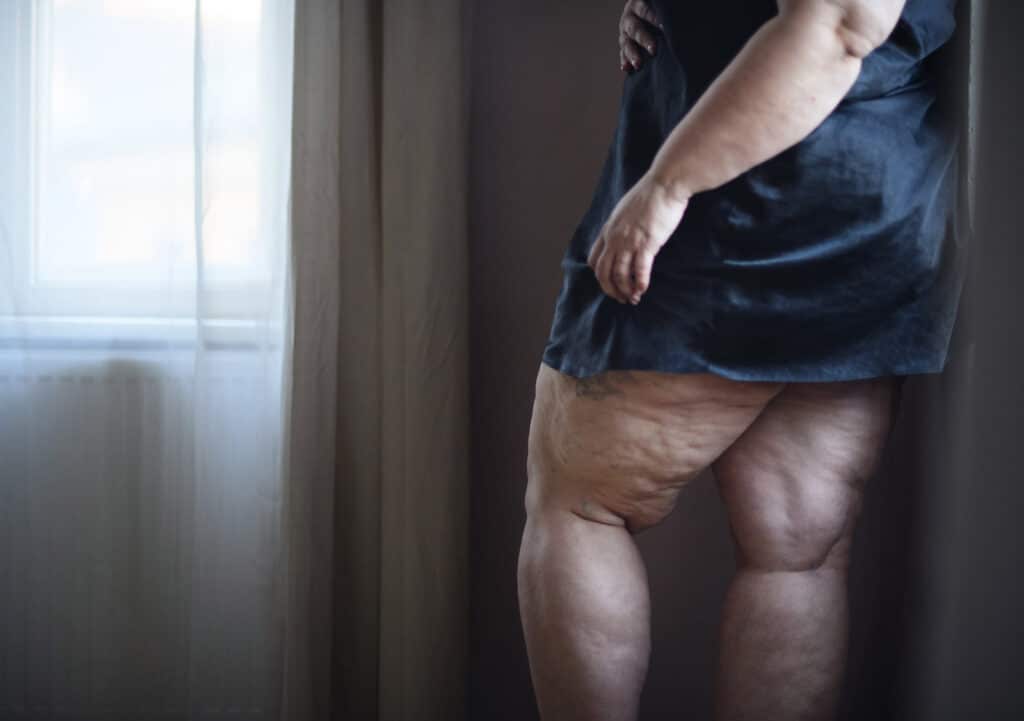
Treatment Options
Different treatment options exist for cellulite. A dermatologist can explain these choices clearly. Common options include laser therapy, radiofrequency treatments, and topical agents. Each method has its benefits and potential side effects.
Discussing the number of sessions required for optimal results is essential. Some treatments may need multiple visits before showing improvements. A dermatologist can provide realistic expectations based on an individual’s skin type and condition.
Safety Considerations
Professional guidance is vital to avoid ineffective or harmful treatments. Many over-the-counter products make bold claims but lack scientific backing. Without expert advice, patients risk wasting time and money on unproven methods.
Dermatologists stay updated on the latest advancements in skincare through ongoing skin research. They understand the nuances of various treatments and can recommend what works best for specific skin sensitivities.
Side Effects
Patients should discuss potential side effects with their dermatologists before starting any treatment. Some procedures may cause allergic skin reactions or temporary discomfort. Understanding these risks helps individuals make informed decisions about their care.
Dermatologists often conduct a skin patch test to identify allergies before proceeding with treatments. This precaution minimizes the chance of adverse reactions during procedures.
Long-term Care
Cellulite treatment is not just about immediate results. Ongoing care is equally important. A dermatologist can suggest lifestyle changes that support long-term skin health.
Maintaining a balanced diet and regular exercise can enhance treatment outcomes. These habits contribute to overall well-being and support healthy skin.
Regular follow-ups with a dermatologist ensure that the treatment remains effective over time. Skin conditions can change, and adjustments may be necessary to maintain desired results.
Lifestyle Changes for Better Results
Balanced Diet
Maintaining a balanced diet is essential. A diet rich in fruits, vegetables, and lean proteins supports skin health. These foods provide vital nutrients that help in the formation of new skin cells. Nutrients like vitamins A, C, and E play a crucial role in skin repair and elasticity.
Healthy fats from sources like avocados and nuts can also improve skin texture. They help in maintaining hydration levels. A balanced intake can lead to noticeable skin changes over time. This change can reduce the appearance of cellulite.
Hydration
Staying hydrated is another key factor. Drinking enough water improves skin elasticity. It helps the body flush out toxins, which can contribute to the condition of the skin. Proper hydration may also aid in reducing dark spots on the skin.
Aiming for eight glasses of water daily is a good goal. Herbal teas or infused waters with fruits can make this easier. Hydrated skin looks plumper and healthier. This can further diminish the visibility of cellulite.
Avoiding Harmful Habits
Avoiding smoking is crucial for improving skin health. Smoking reduces blood flow to the skin, leading to premature aging. It can worsen the appearance of cellulite by damaging collagen and elastin fibers.
Limiting alcohol consumption is equally important. Alcohol dehydrates the body and affects nutrient absorption. This can result in poor skin quality over time. Reducing these habits can lead to better overall skin health.
Supplements
Certain supplements may help support skin health as well. Some studies suggest that supplements containing antioxidants could assist in reducing the appearance of cellulite. These antioxidants combat free radicals that damage skin cells.
However, it’s essential to consult a healthcare professional before taking any supplements. They can guide you on safe options while considering possible side effects.
Regular Exercise
Incorporating regular exercise into your routine is beneficial too. Physical activity promotes circulation and helps in fat reduction. Moves such as squats or lunges target areas prone to cellulite.
Strength training builds muscle, which can improve overall body composition. Increased muscle mass may lead to a firmer appearance of the skin. This results in less visible cellulite over time.
Closing Thoughts
Cellulite affects many, but you have options. From non-surgical treatments to lifestyle changes, tackling this issue is within your reach. Understanding the various methods can empower you to make informed decisions. Consulting with a dermatologist ensures you choose the right path tailored to your needs.
Don’t let cellulite hold you back. Start exploring effective treatments today and embrace a healthier lifestyle. Take charge of your skin and boost your confidence. Remember, every small change counts. So, why wait? Dive into research, consult experts, and discover what works best for you. Your journey towards smoother skin starts now!
Frequently Asked Questions
What causes cellulite?
Cellulite is caused by a combination of factors, including genetics, hormonal changes, and lifestyle choices. It occurs when fat deposits push through the connective tissue beneath the skin, resulting in a dimpled appearance.
Are there effective treatments for cellulite?
Yes, effective treatments include both non-surgical options like topical creams and laser therapy, and surgical methods such as liposuction. Results can vary based on individual factors.
How long do cellulite treatments last?
The duration of results varies. Non-surgical treatments may require maintenance sessions every few months, while surgical options can provide longer-lasting effects but still depend on lifestyle choices.
Is weight loss effective for reducing cellulite?
Weight loss can help reduce the appearance of cellulite by decreasing fat deposits. However, it may not eliminate it entirely, as genetics and skin elasticity also play significant roles.
Should I consult a dermatologist for cellulite treatment?
Absolutely. A dermatologist can assess your specific condition and recommend personalized treatment options that are safe and effective for your skin type.
Can lifestyle changes help with cellulite?
Yes, adopting a healthier diet, regular exercise, and staying hydrated can improve skin texture and potentially reduce the appearance of cellulite over time.
Are there any side effects to cellulite treatments?
e treatments may cause temporary redness, swelling, or discomfort. Always discuss potential side effects with your healthcare provider before starting any treatment.

